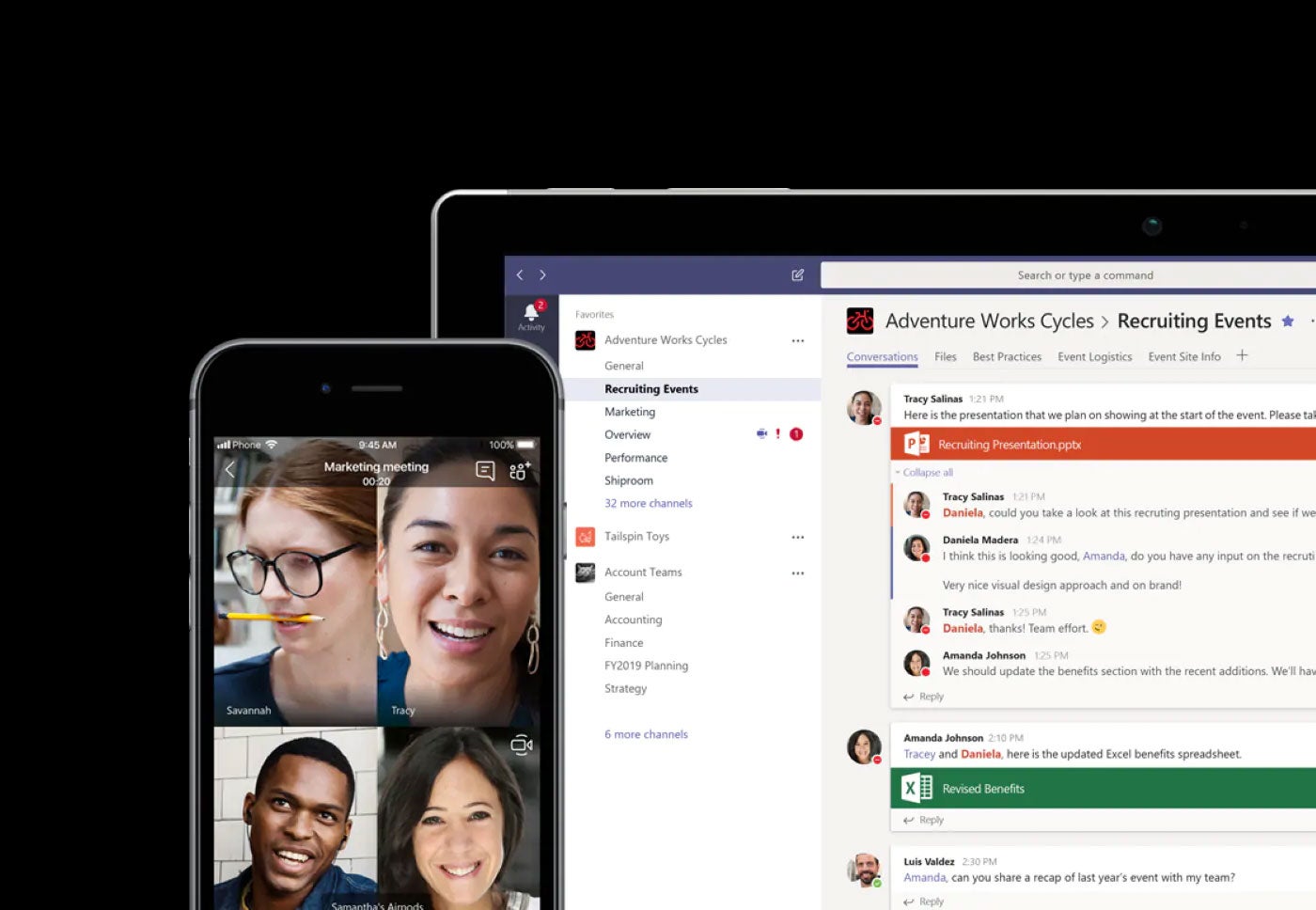
Microsoft has finally set a retirement date for Skype for Business Online, outlining a greatly anticipated migration plan to its shiny new Microsoft Teams messaging solution. But don’t expect a gentle or protracted send-off for Microsoft’s somewhat embattled Skype offering.
Via blog post earlier this week, Microsoft made a wholly unsurprising announcement that on July 31st, 2021, it would officially retire its long-term messaging solution, Skype for Business Online. Unlike many similar migration plans, where rival products can linger for years after closure, Microsoft does not intend to let Skype for Business Online slowly fade away.
Starting on September 1, 2019 the company will start onboarding new Office 365 users directly into its still fledgling and somewhat overlapping chat, meetings, and voice product, Microsoft Teams. Further, those freshly onboarded Office 365 users won’t be able to use Skype for Business Online as a Microsoft Teams alternative or companion solution. And Microsoft has not indicated any method by which existing Microsoft Office 365/Skype for Business can extend support beyond 2021.
The retirement of Skype for Business Online has been a long time coming
Though somewhat extreme, this migration plan has been coming on for some time now, frankly ever since Microsoft introduced Microsoft Teams in 2017. Microsoft has publicly named Microsoft Teams as the successor ever since its release. But the trouble started well before this, specifically back in 2011 when Microsoft bought Skype for $8.5bn. The deal came as an absolute shocker to a unified communications and collaboration industry.
At that time, steeped in on premises hardware and wholly cloud averse (a challenge that persists to this day), vendors like Cisco, Avaya, Alcatel-Lucent (now ALE) and many others were seeking out ways to move their voice solutions to the cloud without losing their decades-old grip on enterprise buyers. Microsoft was seeking out this same objective, looking for ways to modernise its communications software and draw customers to its nascent Windows Azure cloud platform.
Skype did this, at least it bringing communications to the cloud for Microsoft and giving the company a “modern” way forward for Microsoft Lync 2010, which adopted technology from Skype’s popular consumer service. But it’s been a rough road for Microsoft since that acquisition, stemming from ongoing organizational infighting, incompatibilities between Skype and Azure, and inconsistent integration with sibling collaboration services – a woe that persists to this day.
How well do you really know your competitors?
Access the most comprehensive Company Profiles on the market, powered by GlobalData. Save hours of research. Gain competitive edge.

Thank you!
Your download email will arrive shortly
Not ready to buy yet? Download a free sample
We are confident about the unique quality of our Company Profiles. However, we want you to make the most beneficial decision for your business, so we offer a free sample that you can download by submitting the below form
By GlobalDataEnter Microsoft Teams
In essence a continuation of the original idea behind the acquisition of Skype, Microsoft Teams brings with it a more modern way of working. Where Skype introduced a lightweight, cloud-friendly chat platform, Microsoft Teams brings chat into the context of business. it works better with collaborative, self-organising teams and plays more fully within the scope of Microsoft’s cloud-based productivity and collaboration services, most notably its enterprise-class security, governance and management capabilities.
And therein lies the rub. Microsoft still has work to do if it is to make Microsoft Teams a full-fledged enterprise-class collaboration and communications solution. Most notably is the pending addition of true E911 emergency calling, something Microsoft intends to add (at least in the United States) by the end of this year.
Moreover, Microsoft still has some work to do in supporting data retention policies such as limited chat and channel retention times and full data deletion across its back end systems. And ironically, Microsoft has yet to connect Microsoft Teams with Microsoft Skype Consumer (which will continue unabated).
For potential customers unconcerned by these temporary limitations, there’s no reason to wait. Those in need of E911 services in and outside of the US, for instance, will of course need to watch Microsoft closely as it applies these finishing touches. Thankfully, the company’s strong statement in announcing an end of life for Skype for Business Online stands as a clear indicator that the company will put its full effort behind Microsoft Teams.







Related Company Profiles
Microsoft Corp
Avaya Inc